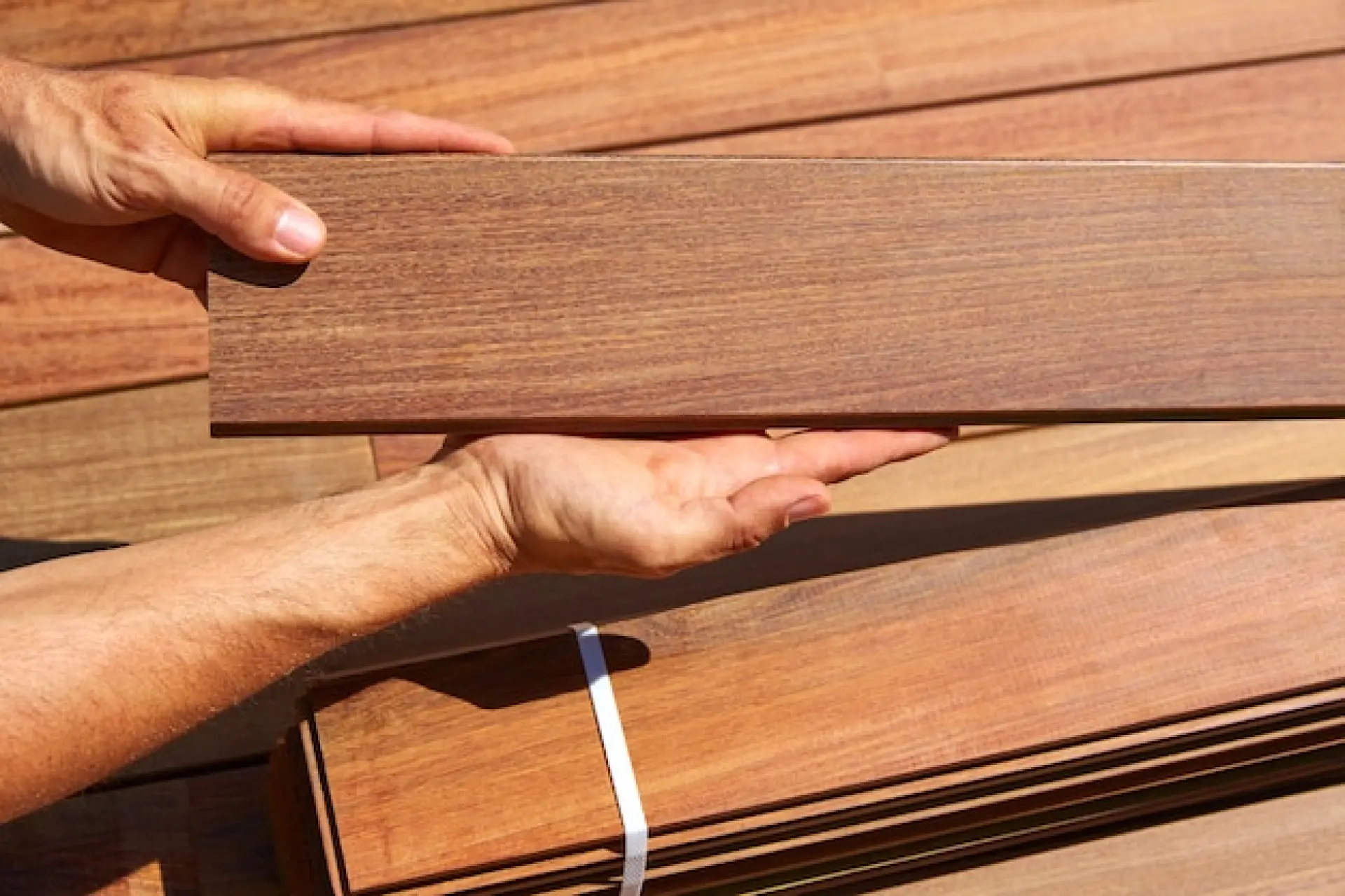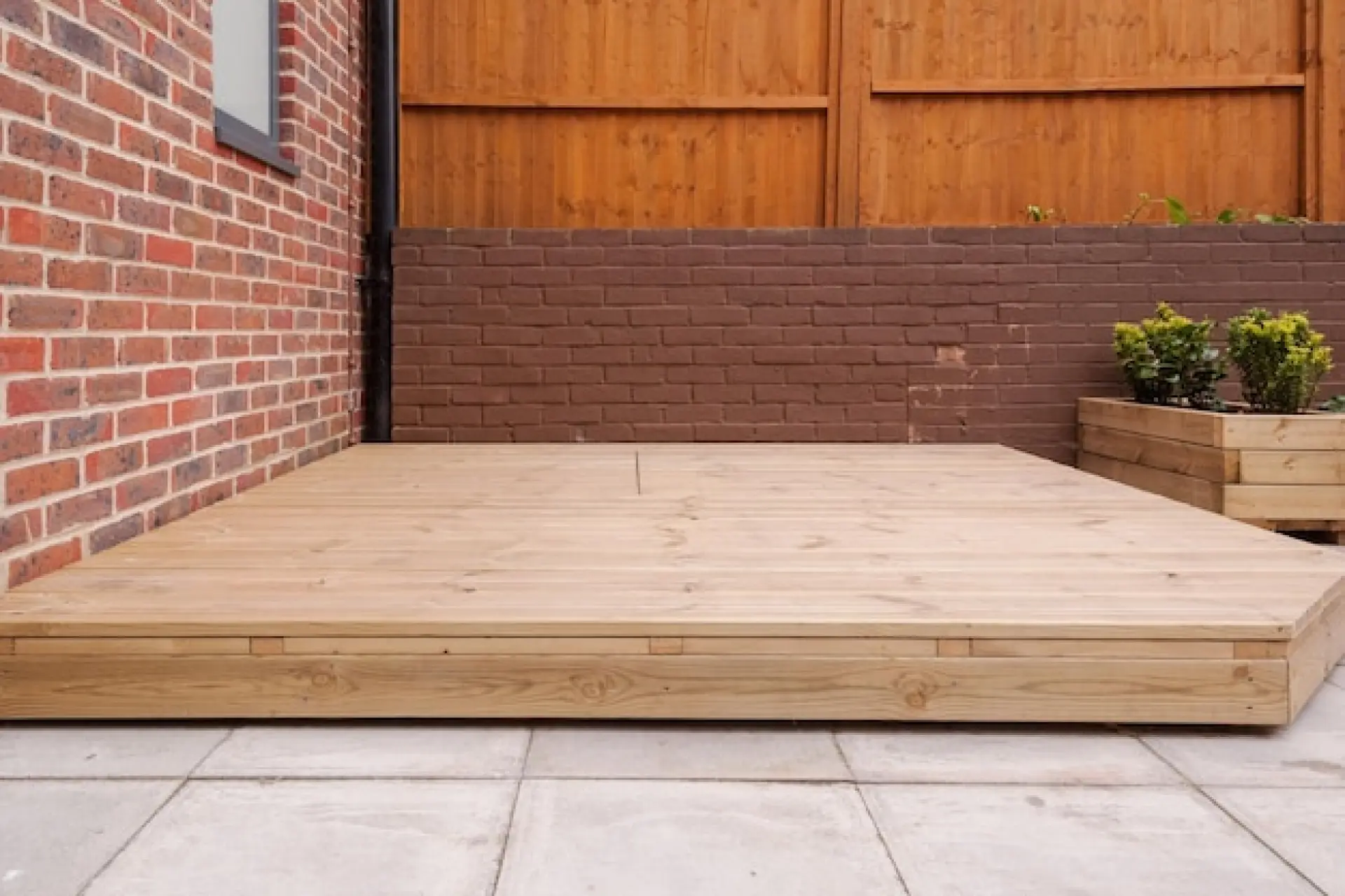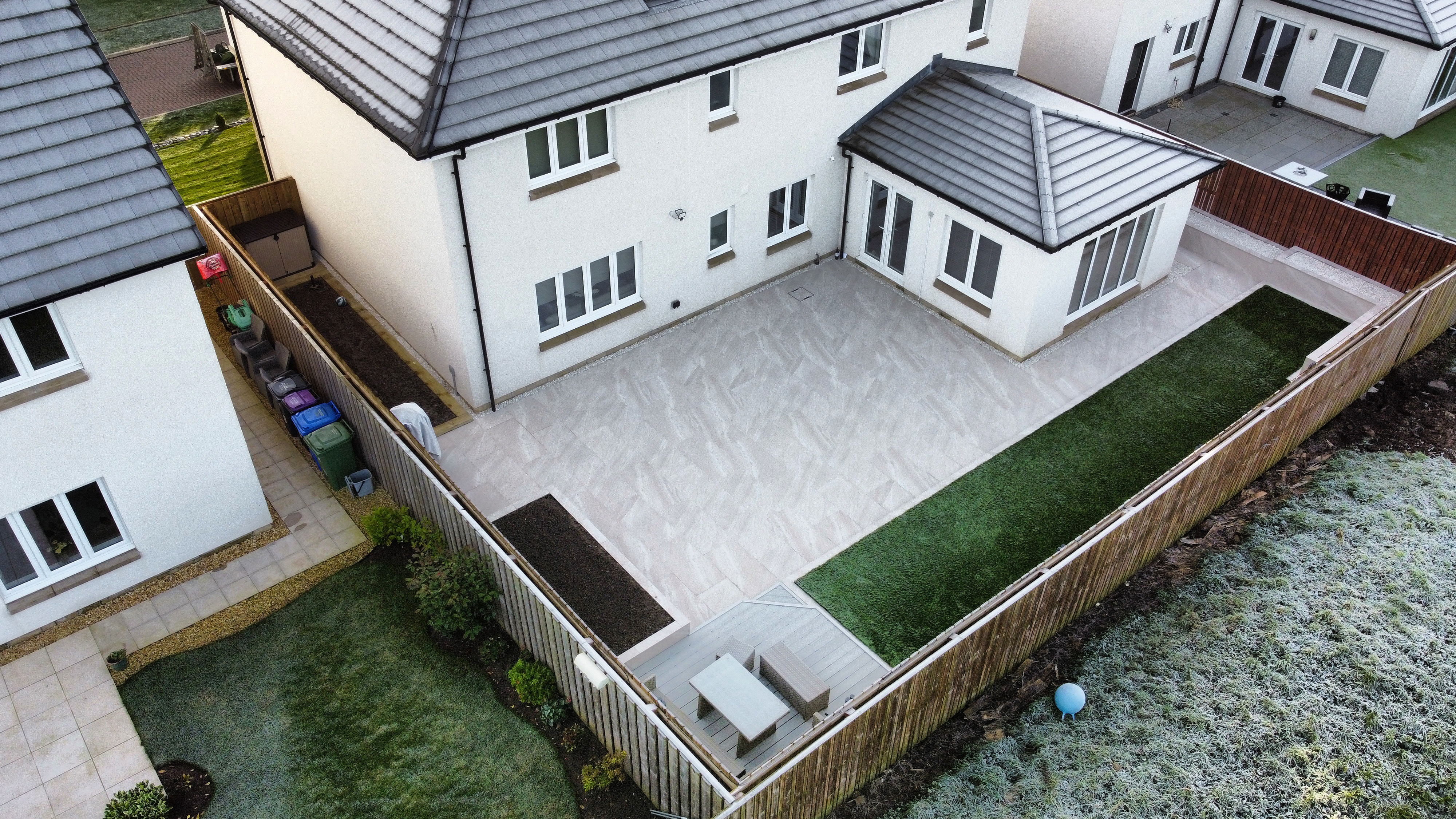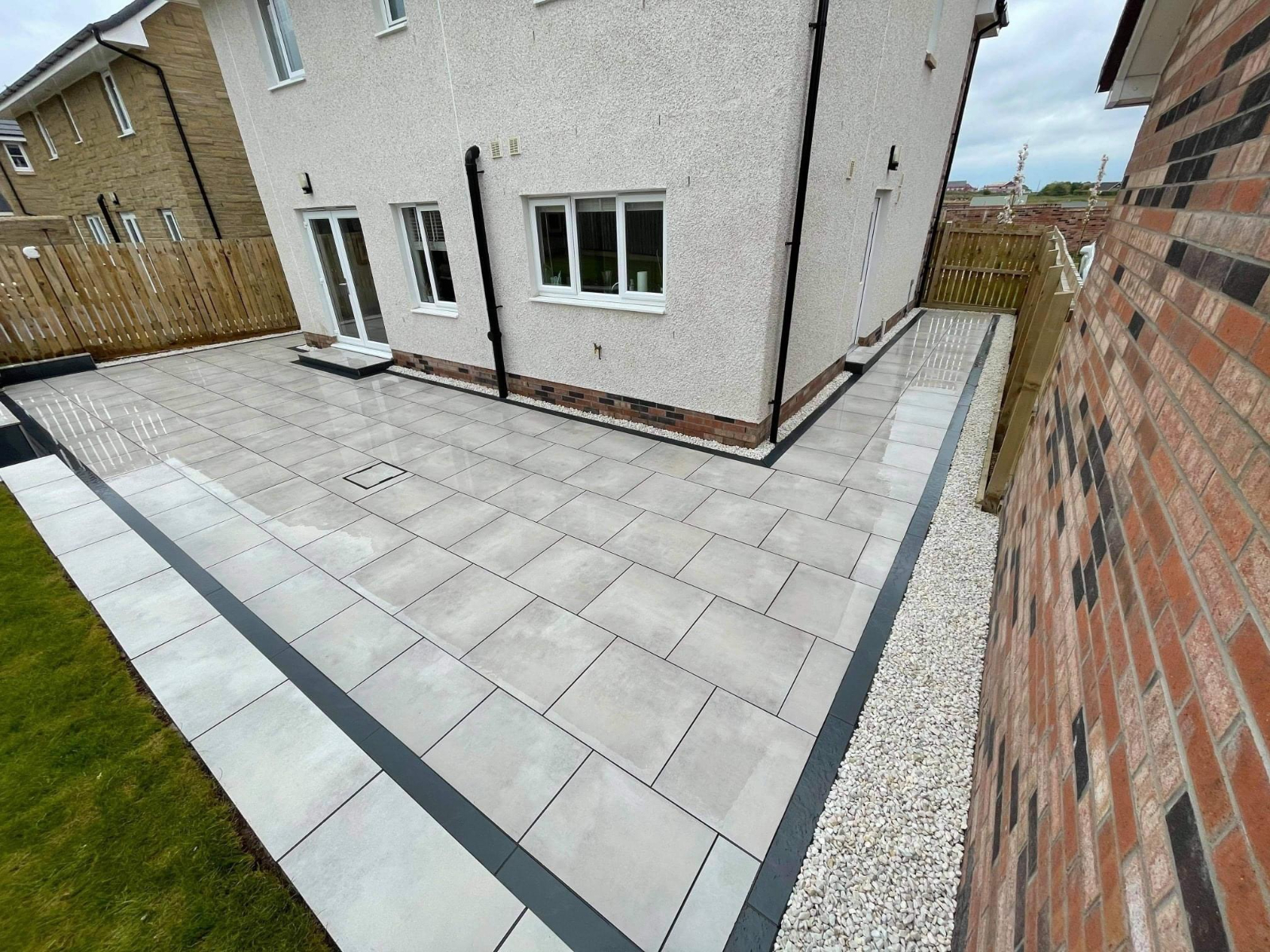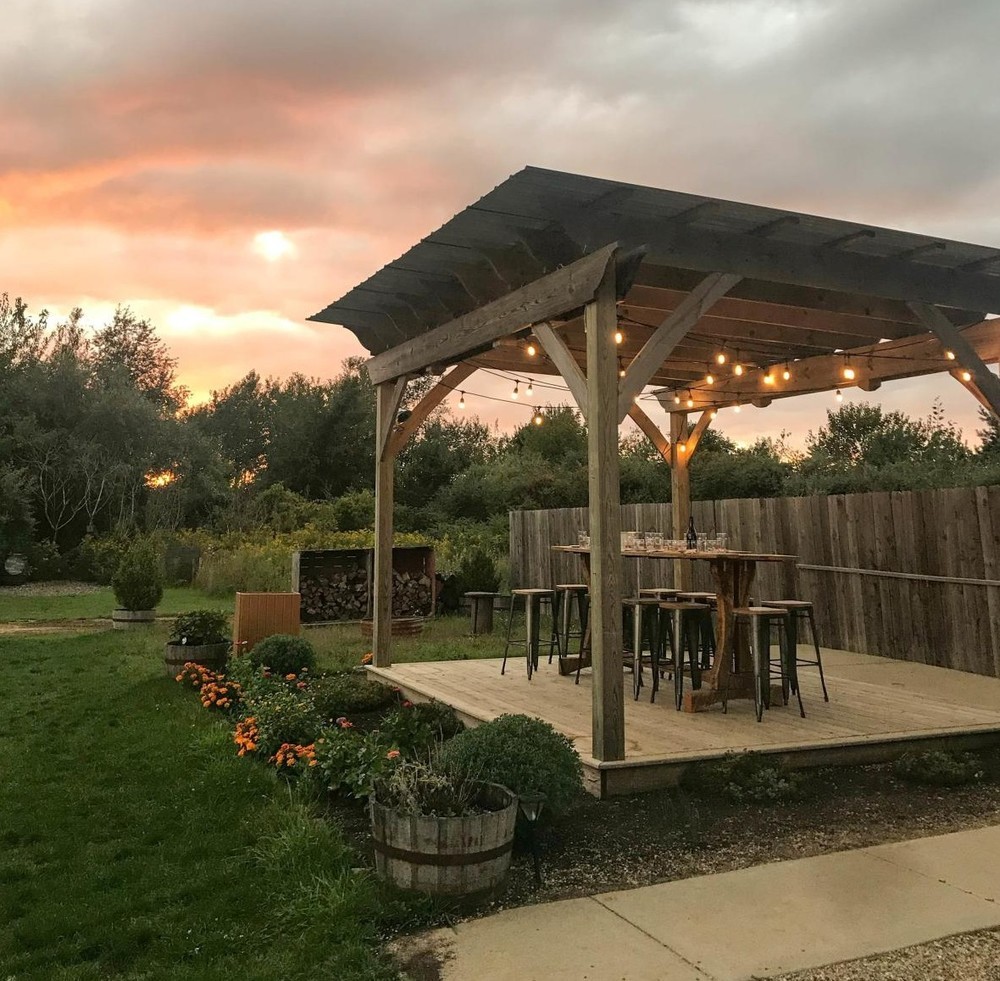Discover the pros and cons of Wood vs Composite Decking for your home. Learn about durability, maintenance, and design flexibility for your outdoor space.
What is Wood Decking?
Wood decking is a traditional and natural option for outdoor spaces. It is typically made from hardwoods like teak, oak, or mahogany, or softwoods such as pine or cedar. Wood decking is valued for its classic appearance, natural grain, and warm aesthetic. It can be stained or painted to match various styles, offering flexibility in design.
However, wood is a porous material that absorbs moisture, making it susceptible to warping, cracking, and rot over time if not properly maintained. Many homeowners choose wood for its authentic look and the ability to sand and refinish it as needed. Despite its beauty, wood decking requires consistent upkeep to retain its durability and appearance.
What is Composite Decking?
Composite decking is a modern alternative made from a blend of wood fibres and plastic materials. This combination creates a durable and low-maintenance decking option that resists moisture, insect damage, and decay. Unlike natural wood, composite boards do not require staining or sealing, making them a convenient choice for homeowners seeking longevity with minimal effort.
Available in a variety of colours and textures, composite decking can closely mimic the look of wood while offering enhanced durability. Although it tends to be more expensive upfront than wood, the long-term savings on maintenance and repairs make it a cost-effective option. Many composite materials also include UV resistance, preventing fading over time and keeping the decking looking new for longer.
Durability and Longevity: Which Lasts Longer?
When it comes to durability, composite decking outperforms wood in most cases. Wood is prone to splitting, warping, and rotting over time, especially when exposed to moisture and changing weather conditions.
Even high-quality hardwoods require regular maintenance to prevent decay. On the other hand, composite decking is engineered to resist the elements, making it a longer-lasting option.
Most composite decking products come with warranties ranging from 20 to 50 years, whereas wood decking, even with proper maintenance, typically lasts 10 to 30 years. Although wood can be refinished and repaired more easily, composite decking’s resistance to wear and tear makes it a preferred choice for long-term durability.
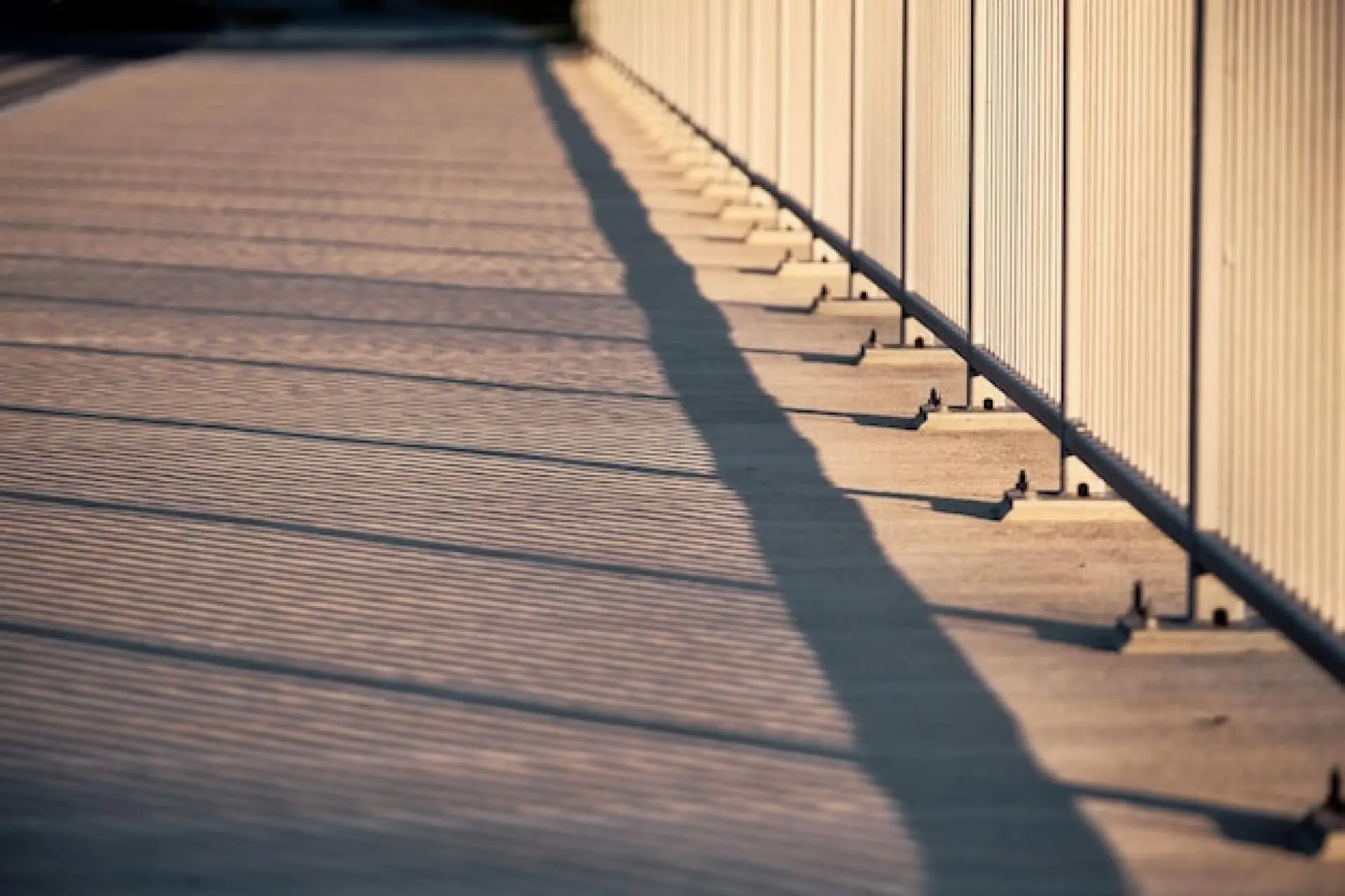
For homeowners seeking a material that will stand the test of time, composite decking provides a clear advantage. It does not suffer from insect infestations or decay like wood can, nor does it require frequent treatments to maintain its integrity.
Additionally, composite boards are designed with structural stability in mind, reducing the risk of splintering and breaking under heavy loads.
While wood can offer a unique charm that improves with age, its lifespan is significantly influenced by the level of care it receives.
Over time, composite decking proves to be the more resilient and cost-effective solution for those looking for longevity without extensive maintenance.
Maintenance Requirements: Effort vs Longevity
Maintenance is a key factor when choosing between wood and composite decking. Wood decking requires regular sealing, staining, and sometimes sanding to prevent moisture absorption and decay. It is also more susceptible to mould and mildew, requiring frequent cleaning.
Composite decking, by contrast, is designed for minimal maintenance. A simple wash with soap and water is usually enough to keep it looking fresh. It does not need staining or sealing, saving both time and money in the long run. While some composite boards may show signs of wear over time, they generally require far less upkeep compared to traditional wood, making them an ideal option for those seeking a low-maintenance solution.
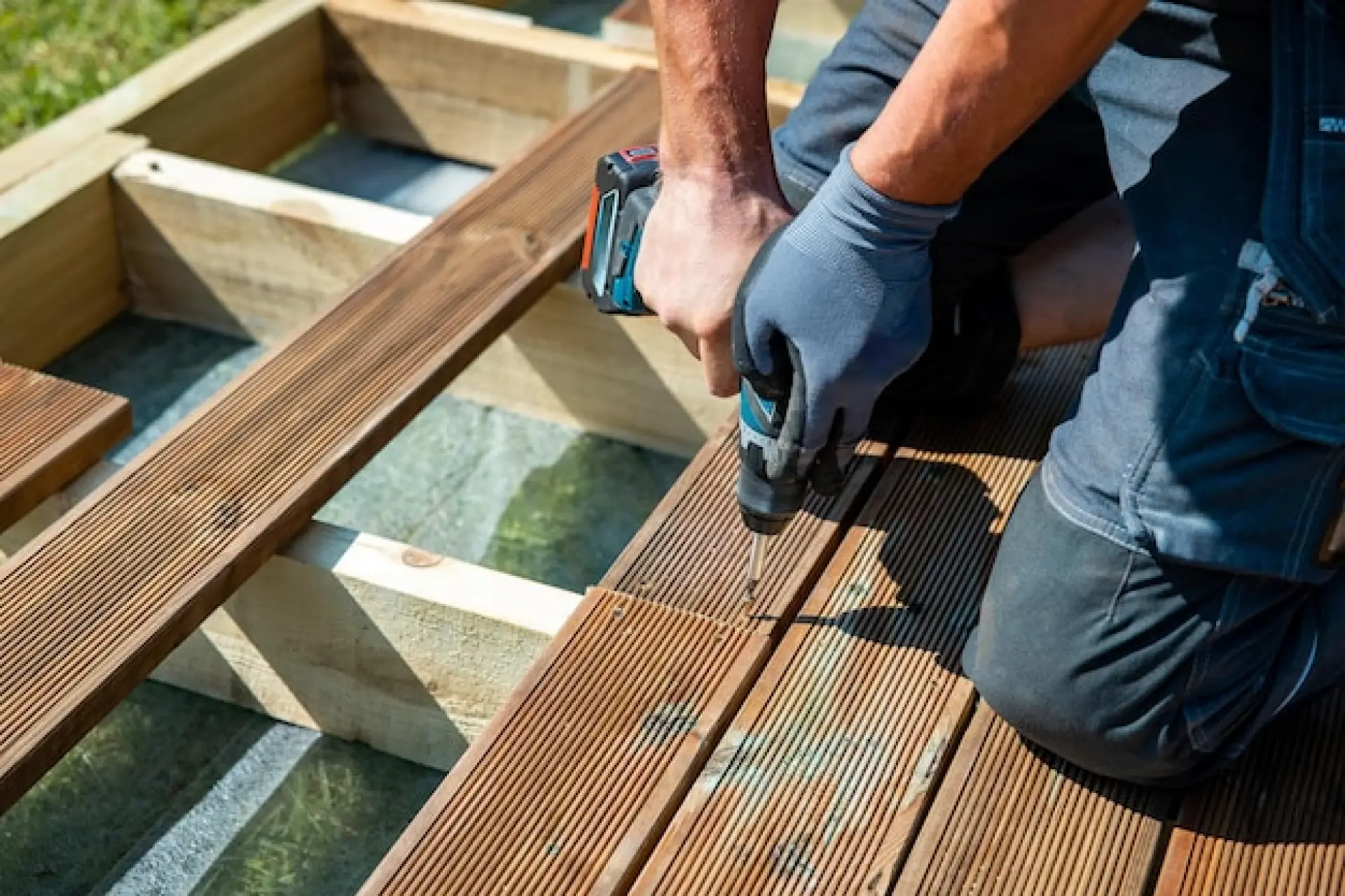
For those who prefer a hassle-free decking solution, composite is the way to go. With wood, homeowners must invest in ongoing maintenance efforts to prevent premature deterioration, which can add up in both cost and labour.
Neglecting maintenance can lead to costly repairs, and in extreme cases, sections of the decking may need replacing. Composite decking eliminates these concerns, offering a long-lasting surface with minimal upkeep.
Even in areas with harsh weather conditions, composite decking maintains its appearance and functionality with little effort, making it a practical choice for those who want a beautiful outdoor space without the commitment of frequent maintenance.
Weather Resistance: How Each Material Performs Over Time
Weather resistance is another critical factor when choosing decking materials. Wood expands and contracts with temperature changes, leading to potential cracking and warping. It also absorbs moisture, which can cause rotting and mould growth in damp conditions.
While some woods, such as cedar and teak, have natural oils that provide better resistance to the elements, they still require protective coatings for longevity.
Composite decking, however, is manufactured with weather resistance in mind. It does not absorb water, reducing the risk of warping and decay. Many composite boards also contain UV inhibitors to prevent fading from sun exposure. This makes composite decking a better choice for extreme weather conditions, offering greater stability and long-term performance.
McDonald Landscapes is an excellent company that you can turn to for outdoor landscaping projects. If you're looking for decking installers in Ayrshire, Ayr, Prestwick and Braehead, look no further and give us a call.

